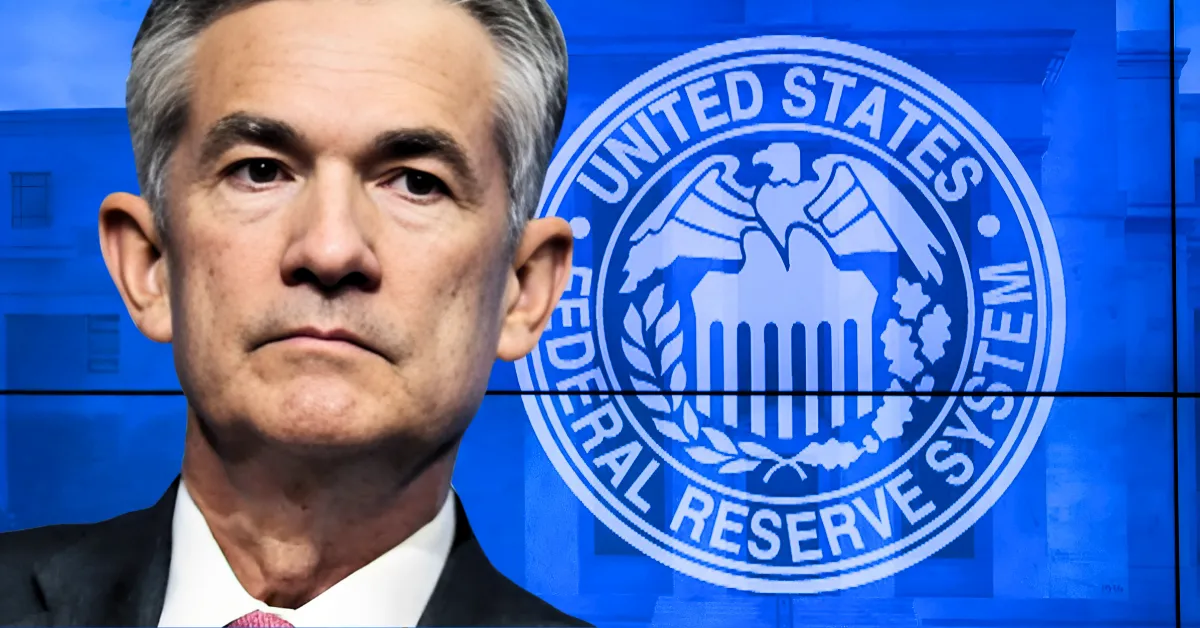
Since February 2025, the U.S. Federal Reserve’s net liquidity has quietly increased by around $500 billion. This significant rise is due to the ongoing drawdown of the Treasury General Account (TGA), essentially the U.S. government’s savings account. Because the debt ceiling has been hit, the government can’t issue new debt. So instead, it’s dipping into its TGA funds to finance spending, which injects liquidity into the financial system, much like quantitative easing (QE).
Despite this massive liquidity push, risk assets like stocks and crypto haven’t responded strongly. Crypto Analyst Tomas says that while this flood of cash boosts bank reserves and should, in theory, support asset prices, other factors, like geopolitical tensions, inflation worries, and uncertainty around U.S. fiscal policy, are keeping investors cautious.
Two Speedbumps Ahead
Analysts say we’re currently in a phase where more money is flowing into the financial system, which is called a “liquidity upswing.” But this flow won’t be smooth the whole way. Back in April, there was a bump in the road when people paid their taxes. That money went back into the government’s account (called the TGA), which pulled cash out of the system, kind of like money being taken out of circulation for a while.
Another dip in liquidity is expected around mid to late June. That’s because:
These things could cause a short-term slowdown in liquidity. But overall, since the government is still spending from its savings (and not issuing new debt because of the debt ceiling), the amount of cash in the system is likely to keep rising, at least until a new debt deal is made.
Once a new debt ceiling agreement is made, the situation will reverse. The Treasury will need to quickly replenish the TGA, meaning a wave of new debt will hit the market. This could drain liquidity from the financial system and pressure asset prices.
Furthermore, he expects the “X-date”, when the U.S. government officially runs out of cash, to land sometime in August. Treasury Secretary Scott Bessent recently warned that Congress needs to raise the debt ceiling by mid-July to avoid a funding crisis, especially since lawmakers are set to go on recess.
The Treasury is drawing down its TGA to fund spending since the debt ceiling prevents new debt issuance, injecting $500B into the system.
The Treasury will issue new debt to replenish the TGA, draining liquidity from the system and potentially pressuring asset prices.
The “X-date” is projected for August 2025, with a debt ceiling raise needed by mid-July to avoid a crisis, per Treasury Secretary Scott Bessent.
Ethereum (ETH) crossing the $3,000 mark has once again ignited the altcoin market. Historically, when…
Bitcoin may still be the king of crypto, but XRP is stealing the show this…
The LINK price has surged with renewed momentum, reacting to a blend of institutional partnerships,…
Story Highlights Binance Coin Price Today is . The BNB price prediction anticipates a potential…
Altcoins are making some major moves as several indicators point toward the long-awaited altcoin season.…
Story Highlights The live price of Ondo Price is Ondo price could reach a high…